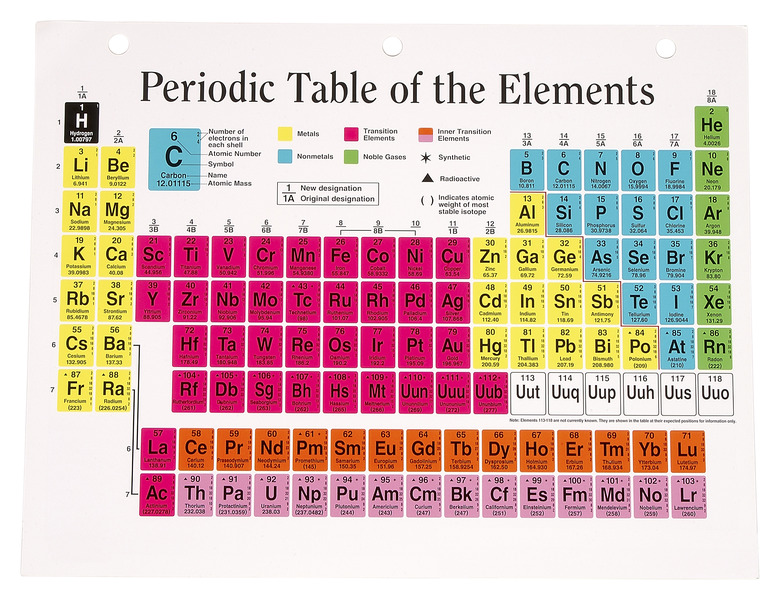Who Was The African American Nuclear Scientist Who Discovered The Elements Rutherfordium & Hahnium?
James A. Harris was the African-American nuclear scientist who was a co-discoverer of the elements Rutherfordium and Dubnium, which are respectively elements assigned the atomic numbers 104 and 105. Although there has been some dispute over whether Russian or American scientists were the true discovers of the these elements, there is no question that, as the National Academy of Sciences notes, Harris was the first African-American to play a significant role in the quest.
Harris and the Element Search
Harris and the Element Search
Harris was head of the Heavy Isotopes Production Group in the Nuclear Chemistry Division of the University of California, Berkeley's Lawrence Radiation Lab. The Lawrence Radiation Lab team confirmed the discovery of Rutherfordium and Hahnium in 1969 and 1970. However, like other elements above uranium in the periodic table, these elements were not so much found as created. An essential step toward synthesizing these elements was bombarding another higher-numbered element with various atoms. Harris played a central role in this process, for which he later received various rewards.
The Controversy over Credit
The Controversy over Credit
That element 105 is now named Dubnium and not Hahnium, the name chosen by the Berkeley team, reflects the heated Cold War controversy between Soviet and American scientists over who truly discovered these two elements. The matter was finally resolved in 1997 by assigning element 104 the name proposed for it by the Berkeley team, while element 105 was officially given the name Dubnium, after the name of the city where the Soviet scientists worked.
Cite This Article
MLA
Green, John. "Who Was The African American Nuclear Scientist Who Discovered The Elements Rutherfordium & Hahnium?" sciencing.com, https://www.sciencing.com/african-american-nuclear-scientist-discovered-elements-rutherfordium-hahnium-11265/. 24 April 2017.
APA
Green, John. (2017, April 24). Who Was The African American Nuclear Scientist Who Discovered The Elements Rutherfordium & Hahnium?. sciencing.com. Retrieved from https://www.sciencing.com/african-american-nuclear-scientist-discovered-elements-rutherfordium-hahnium-11265/
Chicago
Green, John. Who Was The African American Nuclear Scientist Who Discovered The Elements Rutherfordium & Hahnium? last modified March 24, 2022. https://www.sciencing.com/african-american-nuclear-scientist-discovered-elements-rutherfordium-hahnium-11265/
